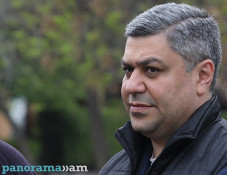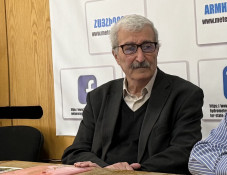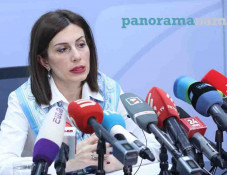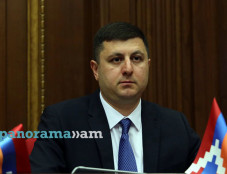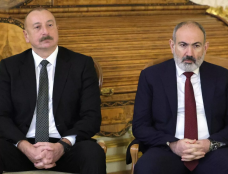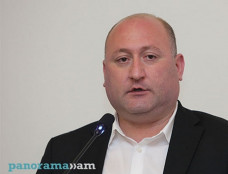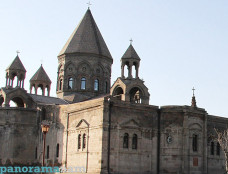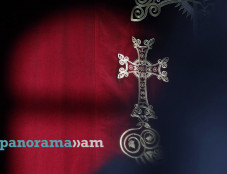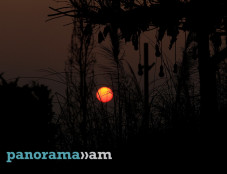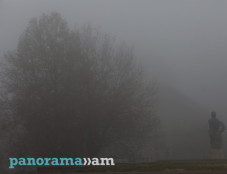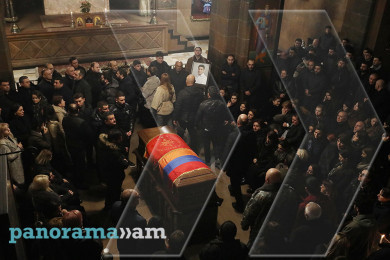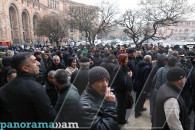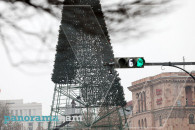
Yemen’s Old City of Sana’a and Old Walled City of Shibam added to List of World Heritage in Danger
The World Heritage Committee has inscribed two sites in Yemen on the List of World Heritage in Danger: the Old City of Sana’a and the Old Walled City of Shibam, according to the website of UNESCO.
The Old City of Sana’a sustained serious damage due to armed conflict in the country. The neighbourhood of al Qasimi near the famous urban garden of Miqshamat al Qasimi sustained particularly serious damage. The 12th century al-Mahdi Mosque and surrounding houses have also been affected and the majority of the colourful, decorated doors and window panes characteristic of the city’s domestic architecture have been shattered or damaged.
The World Heritage Committee voiced concern over the damage inflicted to an Islamic city of great historic and heritage importance. Situated in a mountain valley at an altitude of 2,200 m, Sana’a has been inhabited for more than 2,500 years. In the 7th and 8th centuries the city became a major centre for the propagation of Islam. Its religious and political heritage can be seen in 103 mosques, 14 hammams and over 6,000 houses, all built before the 11th century. Sana’a’s many-storeyed tower-houses built of rammed earth add to the beauty of the site, inscribed on the World Heritage List in 1986.
The Committee also decided that the Old Walled City of Shibam was under potential threat from the armed conflict, which compounds safeguarding and management problems already observed at the site. The Committee therefore decided that also placing it on the List of World Heritage in Danger could help reinforce international mobilization for the safeguarding of the site.
Surrounded by a fortified wall, the 16th-century city of Shibam is one of the oldest and best examples of urban planning based on the principle of vertical construction. Its impressive tower-like structures rise up from a cliff and have given the city the nickname of ‘the Manhattan of the desert’. It was inscribed on the World Heritage List in 1982.
The 39th session of the World Heritage Committee started on 28 June and will continue till 8 July under the chair of Maria Böhmer, Minister of State at the German Federal Foreign Office and member of the Bundestag.
Newsfeed
Videos





